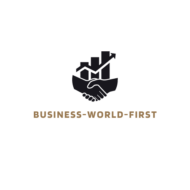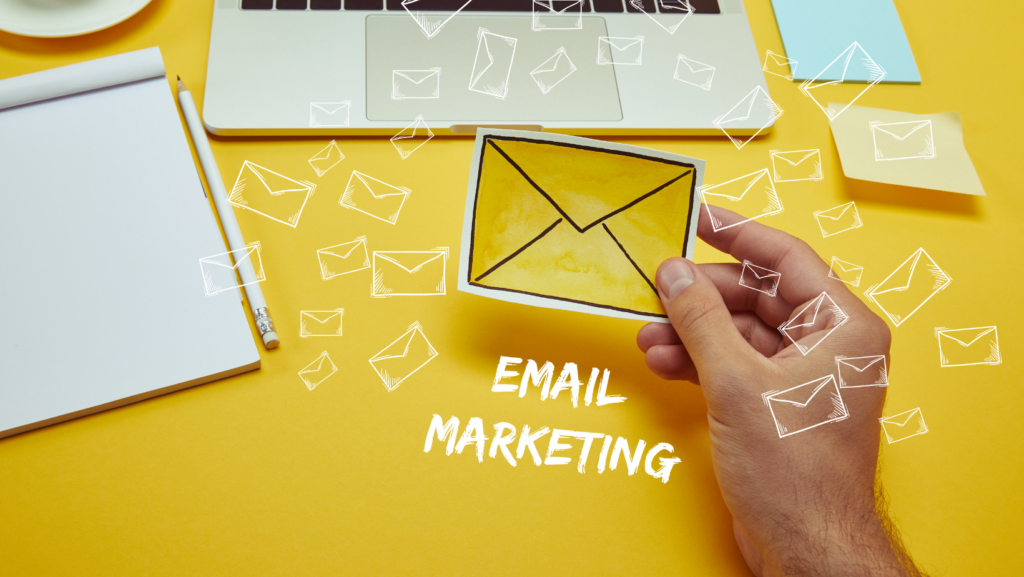In the fast-paced world of business communication, mastering the art of writing professional emails is a must. LinkedIn, a platform known for fostering professional connections and opportunities, is no exception. This article will delve into the most effective LinkedIn tips for writing business emails that stand out.
Get ready to elevate your communication style, engage your recipients, and build stronger professional relationships through the power of well-written emails. Stay tuned for practical tips and insights that will transform your LinkedIn email game.
LinkedIn Tips for Writing Business Emails
Tailoring Your Tone and Style
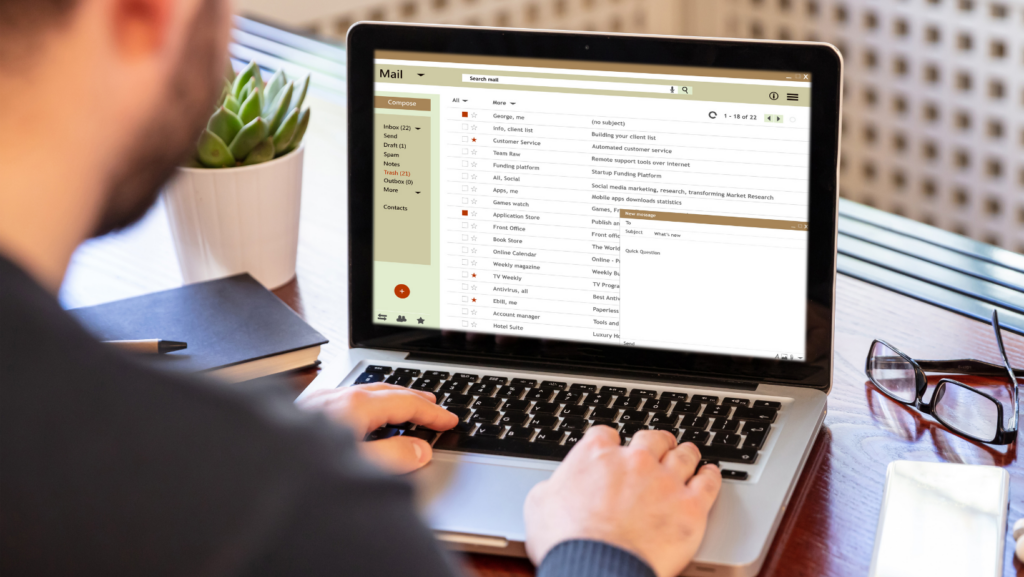
In the realm of professional networking, formulating well-crafted emails on LinkedIn can be impactful. The following sections offer critical LinkedIn tips for writing business emails.
Understanding the target audience forms the basis for crafting the tone and style of a business email on LinkedIn. The sender ought to use a professional, courteous tone, tying it to the recipient’s industry or line of business. It’s prudent to read through a recipient’s LinkedIn profile to catch the nuances of their work realm—for instance, a formal tone suits a corporate executive, while a casual tone might suffice for a start-up entrepreneur.
Best Practices for Email Structure on LinkedIn
Mastering the structure of emails on LinkedIn serves as a cornerstone for professional success. This section dives deeper into the guidelines for constructing optimal emails to foster better communication and strengthen business relationships.
Opening and Closing Your Emails
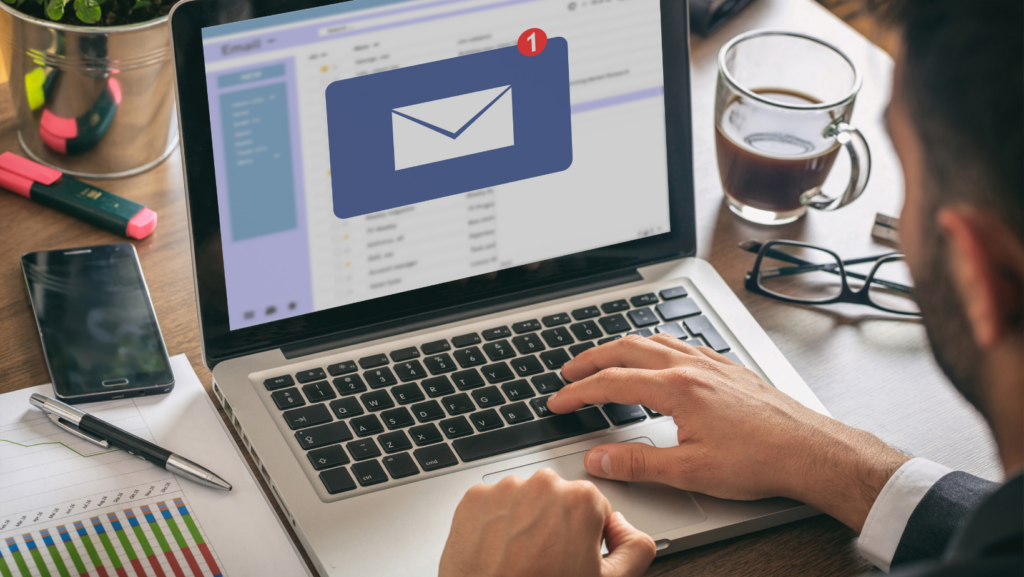
Crafting a compelling opening salutation and wrapping up the email with a courteous closing remark bears fundamental significance, as they set the tone and end the interaction on a positive note. For example, beginning an email with a friendly yet formal greeting like “Dear [Recipient’s Name]” establishes respect and sets an amiable atmosphere right from the start.
The closing remark, on the other hand, serves as a gentle and professional sign-off. Closing the email with a thoughtful line such as “Best Regards” or “Sincerely” and including your full name ensures that the message concludes on a personal and respectful note.
Keeping Content Concise and Focused
Direct, concise content improves the readability of the message and shows respect for the recipient’s time. Detours and excessive information often deter readers and dilutes the main point. To remain succinct, factor in the necessary details to explain your purpose, and insist on clear, grammatical sentences to manifest cleaner, sharper communication. For instance, rather than using a long-winded explanation, try stating, “I’m reaching out to discuss the new software upgrade,” which gets straight to the point, yet remains polite and relevant.
Common Mistakes to Avoid in Business Emails
Overusing Jargon and Ignoring Email Etiquette
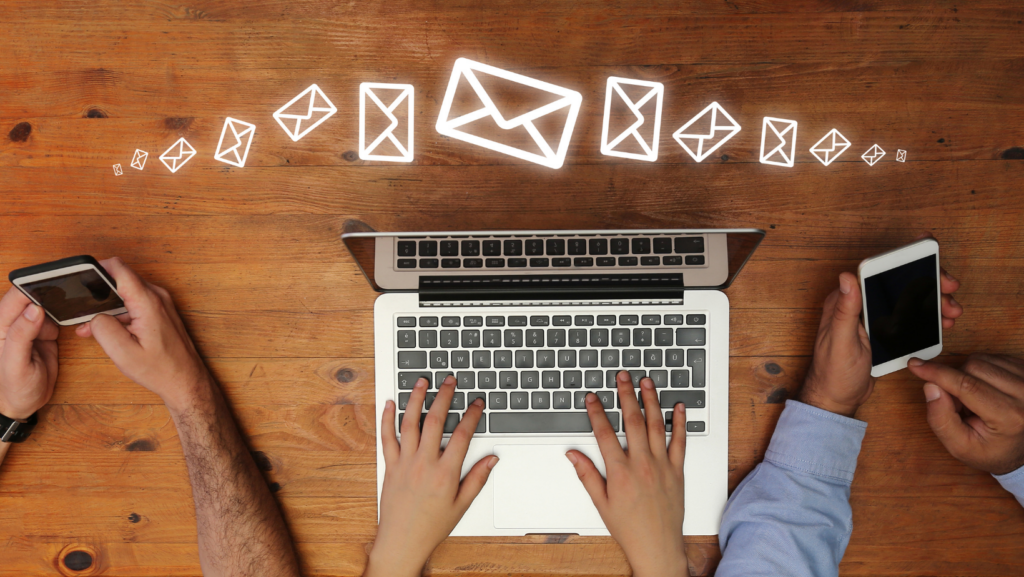
Utilizing industry-specific jargon can showcase expertise, however, excessive usage might result in a loss of clarity for the recipient. For instance, terms like ‘paradigm shift’, ‘bandwidth’, ‘leveraging’, often labeled as business jargon, might obstruct comprehension when overused. Therefore, striking a balance is paramount. Similarly, leaning heavily on cliches, such as ‘at the end of the day’, ‘move the needle’, can make communication sound stale and uninspired. Originality in language use might better capture the recipient’s attention and respect.
Email etiquette englobes a range of practices like appropriate salutations, attentiveness to tone, and timely responses. For example, addressing the recipient by proper titles like Mr., Ms., or Dr. conveys respect. Equally important, using courteous tonality, such as including ‘please’ and ‘thank you’, adds a diplomatic touch. Timeliness in responses, not exceeding 24 hours, reflects professionalism and responsibility.
Art of Professional Email Writing
Mastering the art of writing professional emails on LinkedIn can significantly enhance your professional connections. It’s not just about getting your message across, it’s about establishing credibility and trust. By tailoring your tone and style, crafting compelling subject lines, and adhering to email structure best practices, you can make your mark in the professional world. Avoiding common pitfalls like overusing jargon and cliches, and not adhering to email etiquette, can further bolster your image.
